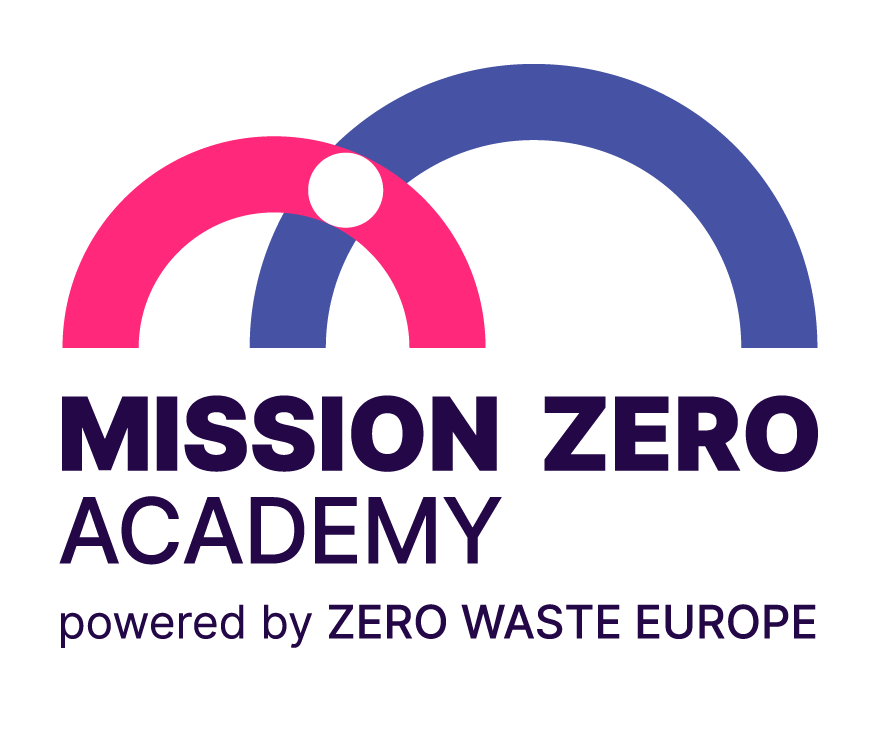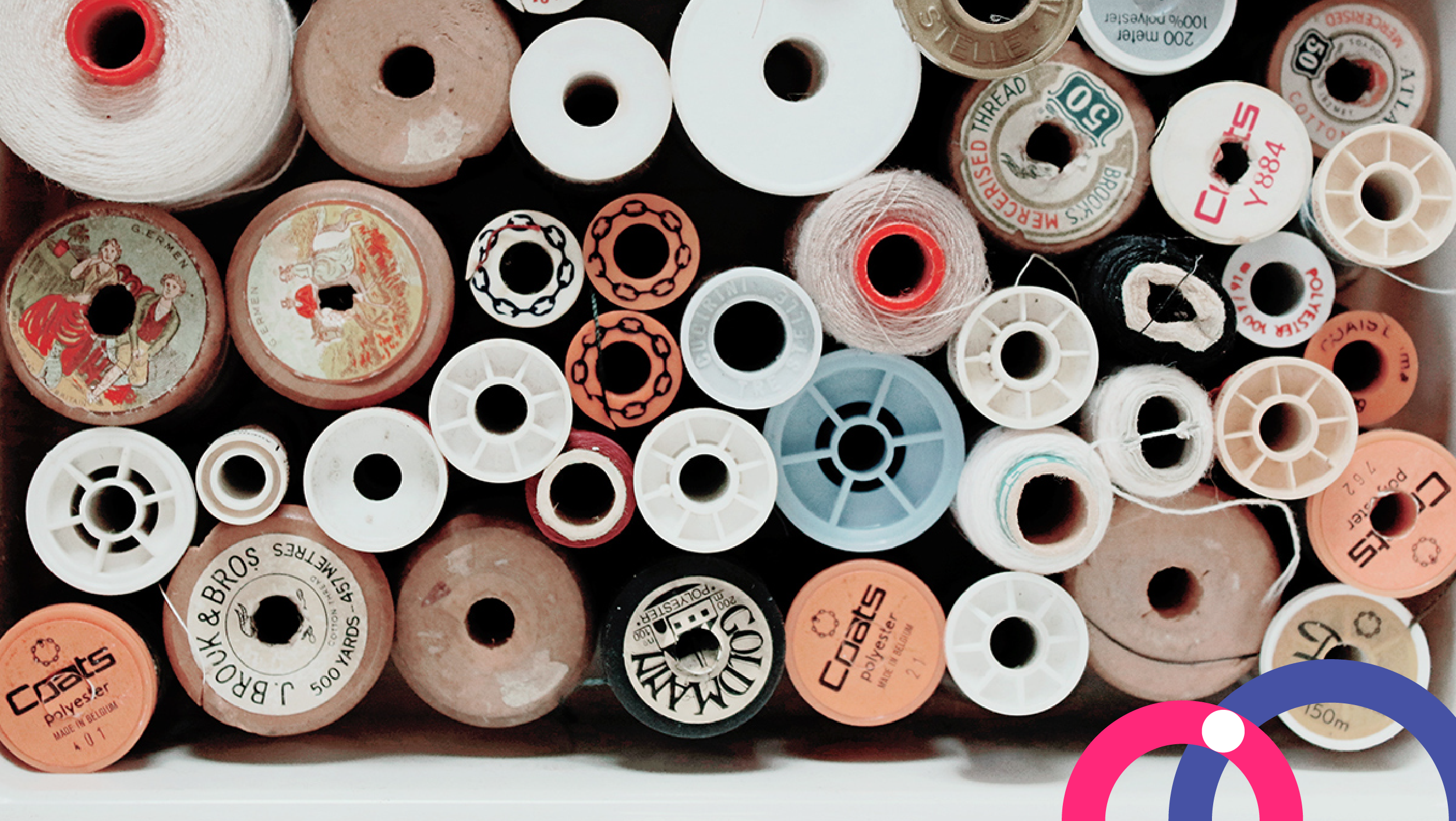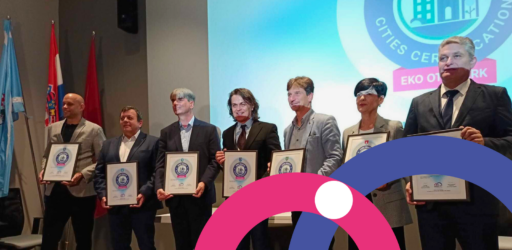Millions of tonnes of clothes are produced, worn, and discarded each year. The equivalent of one rubbish truck load of clothing ends up in landfill every second. Between 2000 and 2015, global textile production almost doubled, while the number of times clothing worn before being thrown away decreased by 36%.
This business model of overproduction with high environmental and social impact we call fast fashion. Overconsumption, resource depletion, and social exploitation are just some negative impacts of this model. While circularity is one step, it’s not enough. Fortunately, the EU has a plan to tackle some of these issues.
Thinking beyond the circular fashion model
You may have noticed that big clothing brands have some “conscious” or “eco-friendly” products, like downcycling PET bottles. But these items only make up a small portion of their overall business. Additionally, these approaches don’t address the root cause of unsustainable fashion: the business model.
One of the biggest issues in fashion is the overproduction of cheap synthetic fibres. We need a more systemic approach that looks at the entire supply chain to create sustainable, fair, and zero waste solutions. Rather than simply making fast fashion look more circular, we should make sure that sustainable practices become the norm rather than the exception.
Fashion best practices: reduce, reuse, recycle
Circular business models play an important role in sustainable fashion. However most of the environmental gains do not come from closing the material loop, but from avoiding production.
The best options from an environmental impact perspective are:
- Extending the use of clothes and avoid purchasing new items (reduce).
- Reusing someone else’s clothes (reuse).
- Transforming clothes into new materials, thereby decreasing the use of primary raw materials (recycling).
- Collaborative consumption, which intensifies the use rate of an item (sharing).
However, a sustainable textile product cannot exist without a sustainable textile business model.
While global textile corporations have struggled to come up with a sustainable fashion system, think tanks and non-governmental organizations are instead offering solutions. In response, legislative initiatives are being taken to restructure the sector, with a focus on eco-design and waste management.
To identify what a sustainable business model would look like, they need to meet four criteria.
1. Designing for physical and emotional durability
Designing garments that are capable of enduring intensive use and washing, as well as not going out of fashion.
2. Demand-driven production
According to existing research, between 10% and 60% of all that is produced is never sold or is sold at discounted prices. Producing on demand is a very effective way to eliminate unsold items.
3. Full supply chain transparency
If a company and the buyer know where materials are sourced and how they were made, it can guarantee the quality and fairness of its products and services. To avoid companies shipping textiles to countries with no infrastructure for recycling and reusing, it’s equally important to know where they end up.
4. Extending the use-phase after first ownership
After repairing, re-dying, remodelling and/or recycling allow for clothes to be reused over and over again with options which gives an extra life to the used clothes.
More research and action are still needed in several areas, including fashion and climate, fashion and biodiversity, and identifying existing best practices.
The European strategy for sustainable and circular textiles
While recycling textiles is no easy feat, a looming obligation for European countries to separately collect and sort used textiles will boost initiatives. Under the EU strategy for sustainable and circular textiles, textiles would be required to last longer, to be easier to repair, and to be recycled to create new high-quality products.
From January 2025, new EU targets will require European countries to establish systems for the separate collection of textile waste. The aim is to create an economy for collection, sorting, reusing, and repurposing. And next to that incentives for brands and producers to design their products in a circular way.
How cities and municipalities can contribute
Cities and municipalities will play a major role in organizing the separate collection of textile waste. Both in terms of physical collection methods but also in subsequent processing and communication with citizens. One of the leading examples of managing textile waste is Finland.
We at MiZA commit to assisting cities and municipalities in keeping up with changing legislation in waste management, including the textiles world. By becoming a certified Zero Waste City, you can help create a more sustainable future for fashion and beyond.





